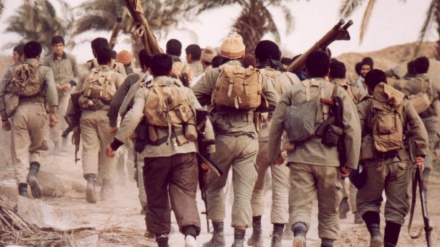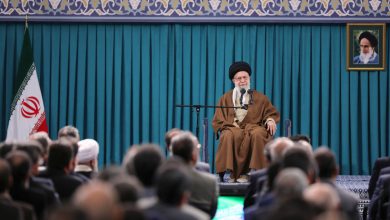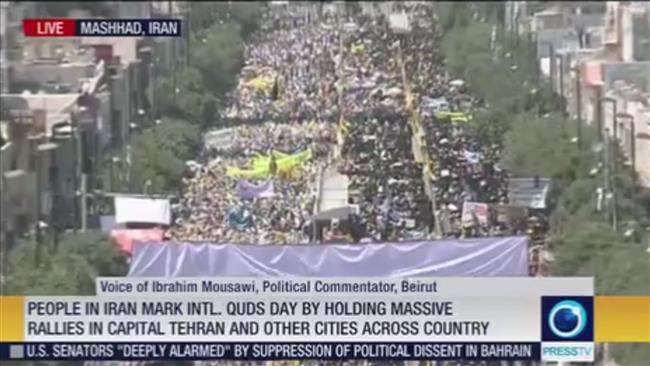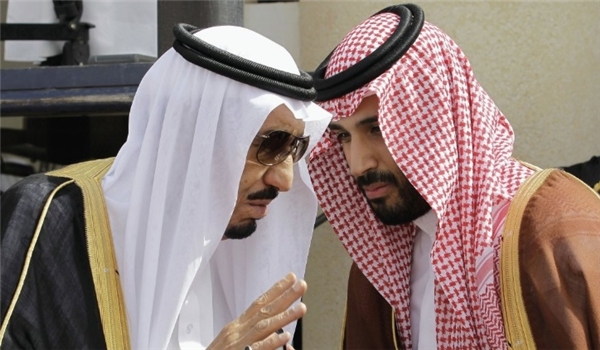Islamic Iran Sacred Defense Era


Sacred Defense years are reminders of bitter and sweet memories. In those years, everyone, irrespective of their thoughts and views, entered the scene, standing up against Saddam’s invading regime. In this manner, the Army, Basij Mobilization Force, and the Islamic Revolution Guards Corps (IRGC) unanimously stood firm against the enemies and made every effort to drive out enemy troops from Iran’s soil.
September 21 is a day in which Saddam’s Ba’th minority regime waged a full-scale war on Iran.
On September 1980, Saddam’s army staged a large-scale incursion against Iran with 12 infantry divisions; 15 armed brigades; 4,500 tanks and personnel carriers; 360 jetfighters; and 400 choppers, as well as a number of other warfare.
Why did this war break out? What goals did the Iraqi imposed war maintain? Who supported Saddam’s regime throughout the Iraqi imposed war? And have the threats ended?
The enmities and conspiracies of the US against Iran began as of the very first days after the victory of Islamic Revolution, gradually escalating. Arrogant powers, despite of their rivalries and contrasts, maintained a common sinister goal. They all considered the Islamic Revolution as a threat against them, because the Islamic Revolution aimed to negate global powers.
In this manner, all enemies collectively conspired to somehow topple the Islamic Republic of Iran. The arrogant powers waged a full-scale war on Iran, while rallying unwavering support for Saddam’s regime.
Saddam’s lame excuse for waging a war on Iran was apparent border disputes. However, the imposed war was waged against Iran as the result of global powers’ pledges to the former Iraqi dictator, Saddam Hussein, for his empowerment in the region via the elimination of Islamic Iran from the scene. Saddam’s ambitions and absurd views about the region laid the ground for the US to grant the green light to Saddam’s regime for waging a war on Iran. In this manner, the hegemonic powers launched a campaign in regional and international levels in support for Saddam’s regime.
Although Iraq and the US had severed relations as of 1967; the US Interests Department in Baghdad swiftly resumed its activities to encourage Saddam to wage a war on Iran.
The US-based paper, New York Times, five months prior to the onset of Iraqi incursions against Iran, revealed the phase-by-phase plots of the US regime, claiming that some believe the possibility of a war with Iraq may compel Iran to revise its policies.
The former US national security advisor, Zbigniew Brzezinski, throughout his recurring stealth visits to Iraq, after a meeting with Saddam on June 7, 1980, in a televised interview said: “We do not see a significant difference of opinion between the US and Iraq. We believe that Iraq aims to achieve and maintain security of the Persian Gulf and do not imagine that US-Iraq relations have been shaken.”
In a part of writings of former US national security advisor, he noted Iran’s strategic location is of paramount importance for the West, and the US should retain its control on Iran by any means possible.
The American professor of political science, James Bill, believes that war was imposed on Iran as the result of political rivalries for domination of the Persian Gulf. This theory was also presented by the former US president, Richard Nixon.
This former US president noted that in the 1970s, the US strategy was to contain radical Iraq via reliance upon Iran. However, after the year 1980, the US masterminded the Iraqi imposed war against Iran with the aim of containment of Islamic Revolution via reliance upon Iraq.
One concludes that Saddam intended to fill the power vacuum, resulting from the ouster of former Iranian despot, Mohammad Reza Shah, by somehow manifesting Saddam regime’s superiority.
Saddam’s dream was based on the theory of establishment of military balance across the region. The balance that apparently tilted in Iran’s favor prior to victory of Islamic Revolution, and was defined as a means to protect the US regional interests, could not be tolerated by states such as Iraq and Saudi Arabia. Thus, based on US calculations, Saddam’s regime should have replaced Iran in the region by toppling the sacred Islamic system.
Meanwhile, predictions on the war’s outcome were tempting for Saddam, and promising for Iran’s enemies. Some predictions pointed to the fall of sacred Islamic system within less than a week. This forecast was based on the view that none of the global powers would support Iran’s revolutionary ruling system.
The former Iraqi regime’s delusion was that the stage was set for provoking Iran’s Arab ethnicities in the south; and fanning the flames of ethnical seditions in Baluchistan and Kurdistan, and ultimately the fall of Islamic Republic of Iran. However, this assumption did not match Saddam’s fragile spirit. A letter, which Saddam wrote to Iran, after the eight-year imposed war, and implementation of Resolution 598; prior to his invasion of Kuwait showed that he maintained other goals. In a letter to the former Iranian president, Akbar Hashemi Rafsanjani, Saddam wrote that he is committed to all previous agreements of Iran and Iraq. In the last letter of Saddam to Iranian officials on August 14, 1990, he did not mention his crimes throughout the Iraqi imposed war, while adding that he accepts all of Iran’s conditions for establishment of peace between the two countries, such as 1975 Algiers Treaty; retreatment of Iraqi forces from occupied territories of Iran, and liberation of all Iranian prisoners of war.
This letter manifested that the imposed war against Iran was a failure despite the logistical, financial, and political support of world powers and the regional coalition for the former Iraqi regime, and in fact further empowered the Iranian nation, in contrast to the calculations of Western theorists and strategists.
Thus, upon the termination of the Iraqi imposed war, the US Iran Policy changed, and the policy of direct confrontation was replaced by the US containment policy against Iran.
Meanwhile, the sacred Islamic system disclosed the true identity of the US and hegemonic powers.
The Sacred Defense era is a reminder of the spiritual values; selflessness; and loyalty of the Iranian combatants; and an ever-lasting experience for the current and future generations.




